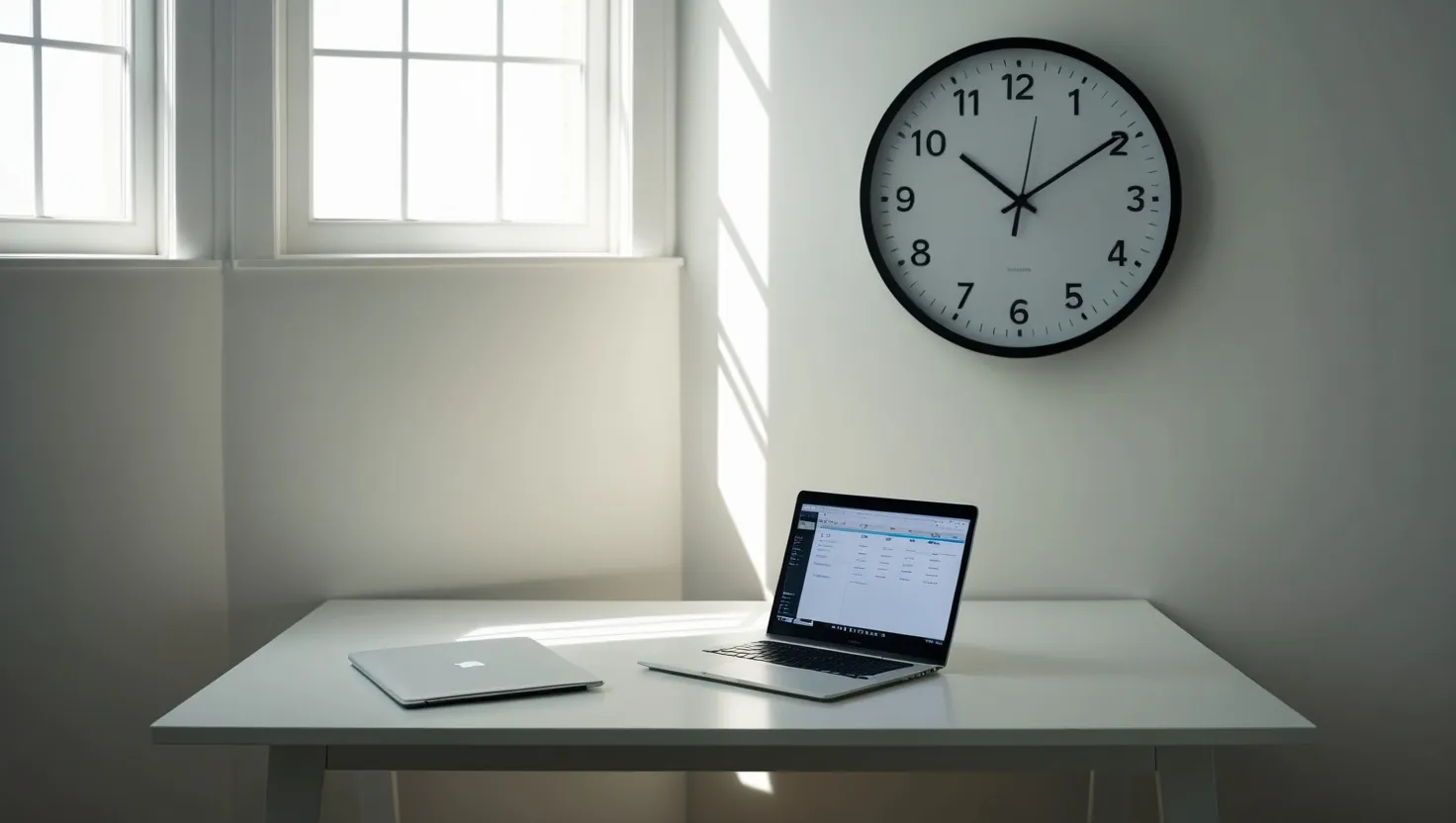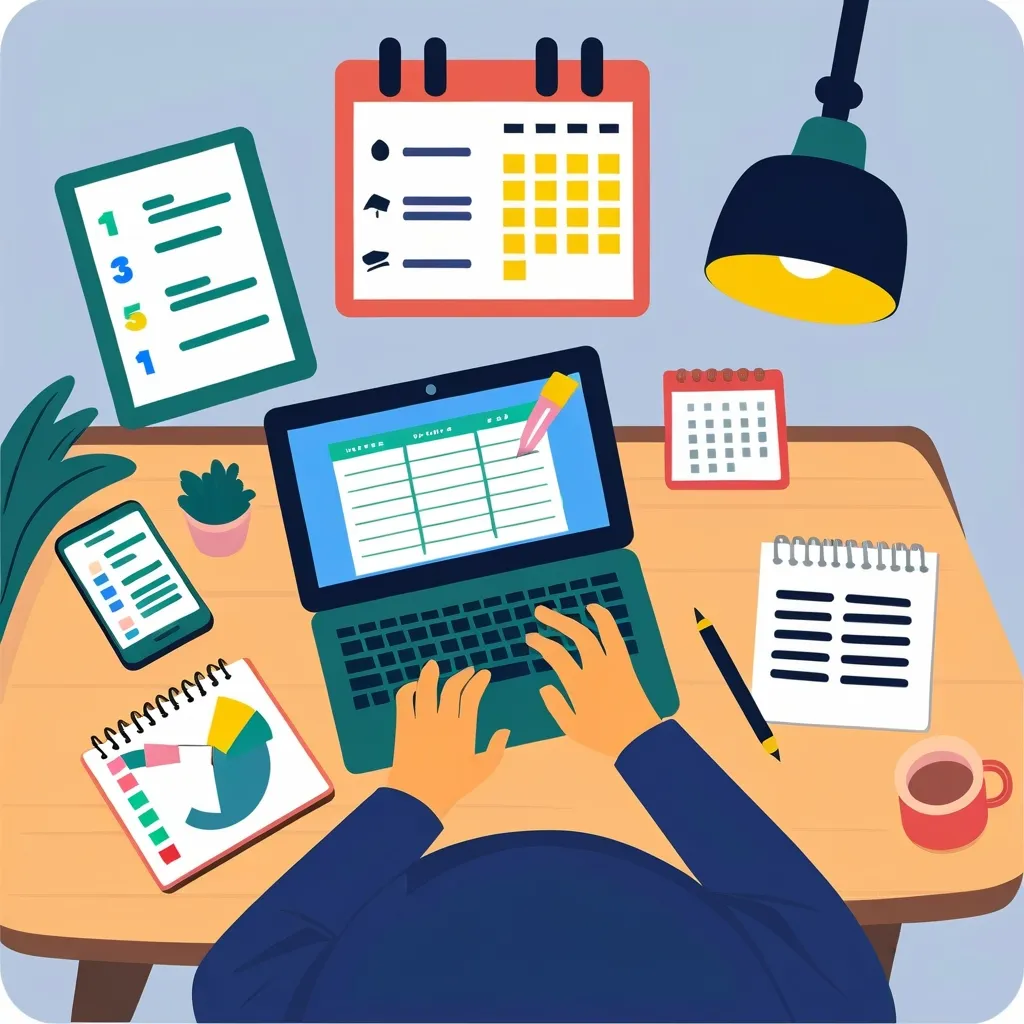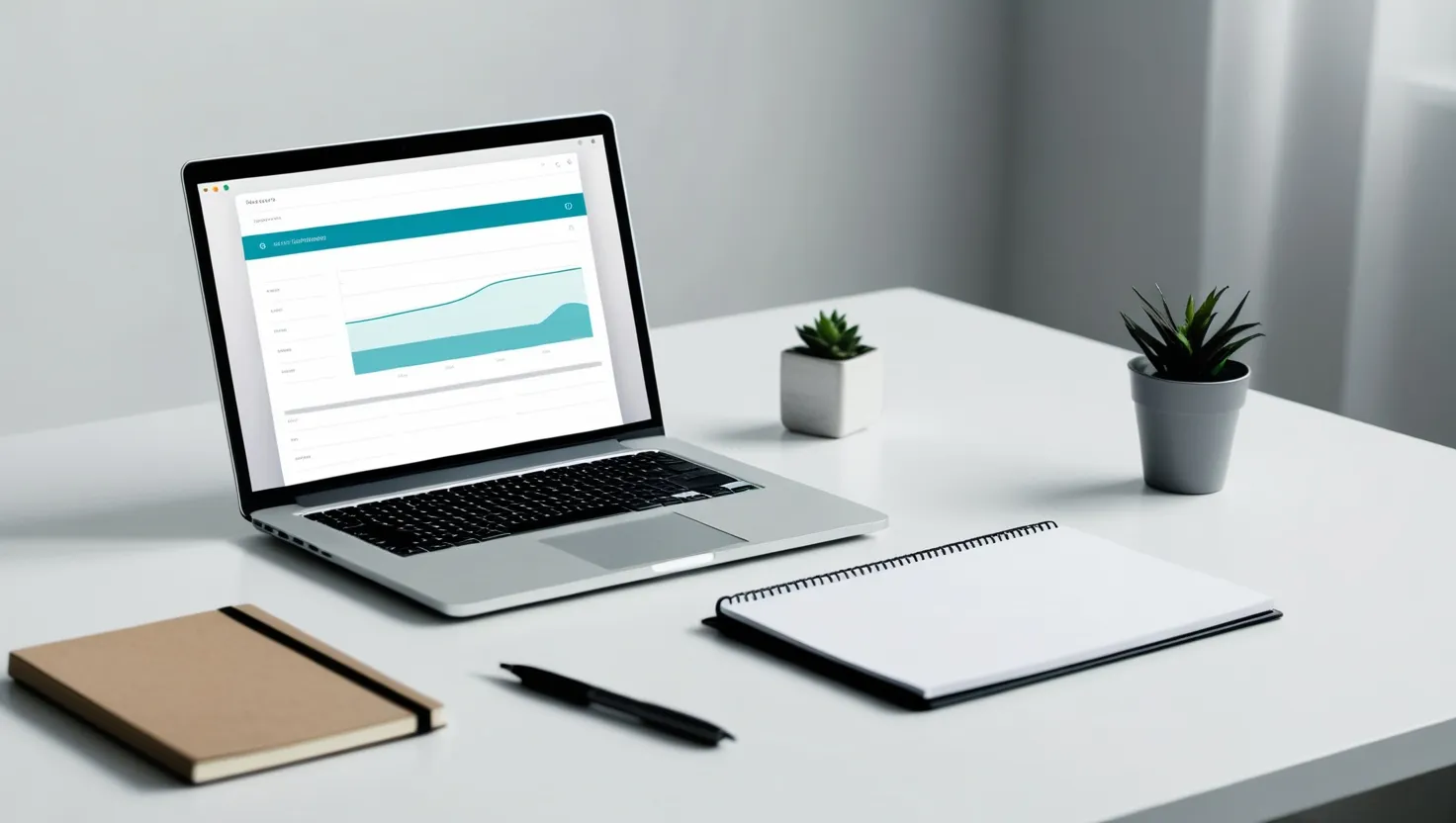Email management - it’s the bane of modern work life, isn’t it? We’ve all been there, staring at an overflowing inbox with a mix of dread and resignation. But fear not, fellow email warriors! I’m here to share some battle-tested strategies that will help you conquer the email beast and reclaim your productivity.
Let’s start with a simple truth: your inbox is not a to-do list. It’s a communication tool, and treating it like your personal task manager is a recipe for overwhelm. Instead, we need to approach email with intention and strategy.
The first technique I want to introduce is what I call the “Inbox Zero Protocol.” Now, before you roll your eyes at another productivity buzzword, hear me out. This isn’t about obsessively clearing your inbox every five minutes. It’s about processing your emails in scheduled blocks, ideally three times a day. When you sit down for an email session, your goal is to sort every message into one of four categories: respond now (if it takes less than two minutes), defer (if it needs more time), delegate, or delete. By the end of each session, your inbox should be empty, with actionable items moved to your actual task management system.
“The secret of getting ahead is getting started. The secret of getting started is breaking your complex, overwhelming tasks into small manageable tasks, and then starting on the first one.” - Mark Twain
This quote from Mark Twain perfectly encapsulates the spirit of the Inbox Zero Protocol. By breaking down the overwhelming task of managing your inbox into smaller, manageable sessions, you’re setting yourself up for success.
But what about all those emails flooding in between your processing sessions? That’s where our second strategy comes in: the Smart Filtering System. Most email clients offer powerful filtering options that we rarely take full advantage of. Take some time to set up automatic filters that sort your incoming mail by priority, project, team member, or urgency level. Create separate folders for different types of communications, and set rules to move newsletters and non-urgent messages to designated folders automatically. This way, when you do check your inbox, you’re only seeing the most important and time-sensitive messages.
Now, let’s talk about a radical idea: Email-Free Blocks. Yes, you read that right. Designate specific hours of your day as completely email-free zones. Turn off notifications, close that browser tab, and focus solely on your most important tasks during these periods. You might be thinking, “But what if I miss something urgent?” Trust me, if it’s truly urgent, they’ll find another way to reach you. This technique reduces constant interruptions and dramatically improves your concentration and productivity.
Have you ever found yourself writing the same type of email over and over again? That’s where our fourth strategy comes in: the Template Library. Start building a collection of response templates for common inquiries or situations you encounter frequently. Instead of writing similar responses from scratch each time, you can quickly customize these templates to fit the specific situation. Just remember to review and update your templates regularly to ensure they stay relevant and fresh.
“I’m sorry I wrote you such a long letter; I didn’t have time to write a short one.” - Blaise Pascal
This quote reminds us of the value of concise, well-crafted communication. By using templates, you’re not being lazy or impersonal - you’re ensuring that your responses are clear, consistent, and efficient.
Our fifth technique is what I call the “5-Touch Rule.” The idea is simple: you should aim to handle each email a maximum of five times. If you find yourself going back and forth on an issue more than five times, it’s time to pick up the phone or schedule a meeting. This prevents those never-ending email chains that eat up your time and energy.
Finally, let’s talk about the Processing Schedule. This is about establishing fixed times for managing your email and setting clear expectations with your colleagues about response times. Use autoresponders during your focused work periods to maintain boundaries and manage expectations. You might say something like, “I check email at 10 AM, 2 PM, and 4 PM. If this is urgent, please call me at…”
Now, I know what you’re thinking. “These all sound great in theory, but how do I actually implement them in my hectic workday?” The key is to start small. Pick one or two of these strategies that resonate with you and try them out for a week. Pay attention to how they affect your productivity and stress levels. Adjust as needed, and gradually incorporate more techniques as you get comfortable.
Remember, the goal isn’t to become an email-processing machine. It’s to create a system that allows you to communicate effectively while freeing up more of your time and mental energy for the work that really matters.
“The difference between successful people and very successful people is that very successful people say ‘no’ to almost everything.” - Warren Buffett
This quote from Warren Buffett reminds us of the importance of prioritization. By implementing these email management strategies, you’re essentially saying “no” to the constant distraction and interruption of an uncontrolled inbox.
As we wrap up, I want to leave you with a question to ponder: How much more could you accomplish if you weren’t constantly at the mercy of your inbox? These strategies aren’t just about managing email - they’re about reclaiming your time, your focus, and ultimately, your ability to do your best work.
So, are you ready to take control of your inbox and boost your productivity? Remember, it’s not about perfection - it’s about progress. Start small, be consistent, and watch as your relationship with email transforms from a source of stress to a tool that supports your success.
In the end, effective email management isn’t just about having a clean inbox. It’s about creating space in your day for deep work, creative thinking, and meaningful interactions. It’s about being proactive rather than reactive. It’s about working smarter, not harder.
So, what’s the first step you’ll take to revolutionize your email habits? Will you start with the Inbox Zero Protocol, or perhaps you’ll begin by creating a Template Library? Whatever you choose, know that you’re on the path to a more productive, less stressful work life.
And remember, Rome wasn’t built in a day, and neither is a perfect email management system. Be patient with yourself, celebrate small victories, and keep refining your approach. Before you know it, you’ll be the envy of your colleagues, calmly processing emails while they’re drowning in their inboxes.
So, here’s to taking control of your inbox, reclaiming your time, and focusing on what truly matters in your work and life. Your future, less-stressed self will thank you for it.






